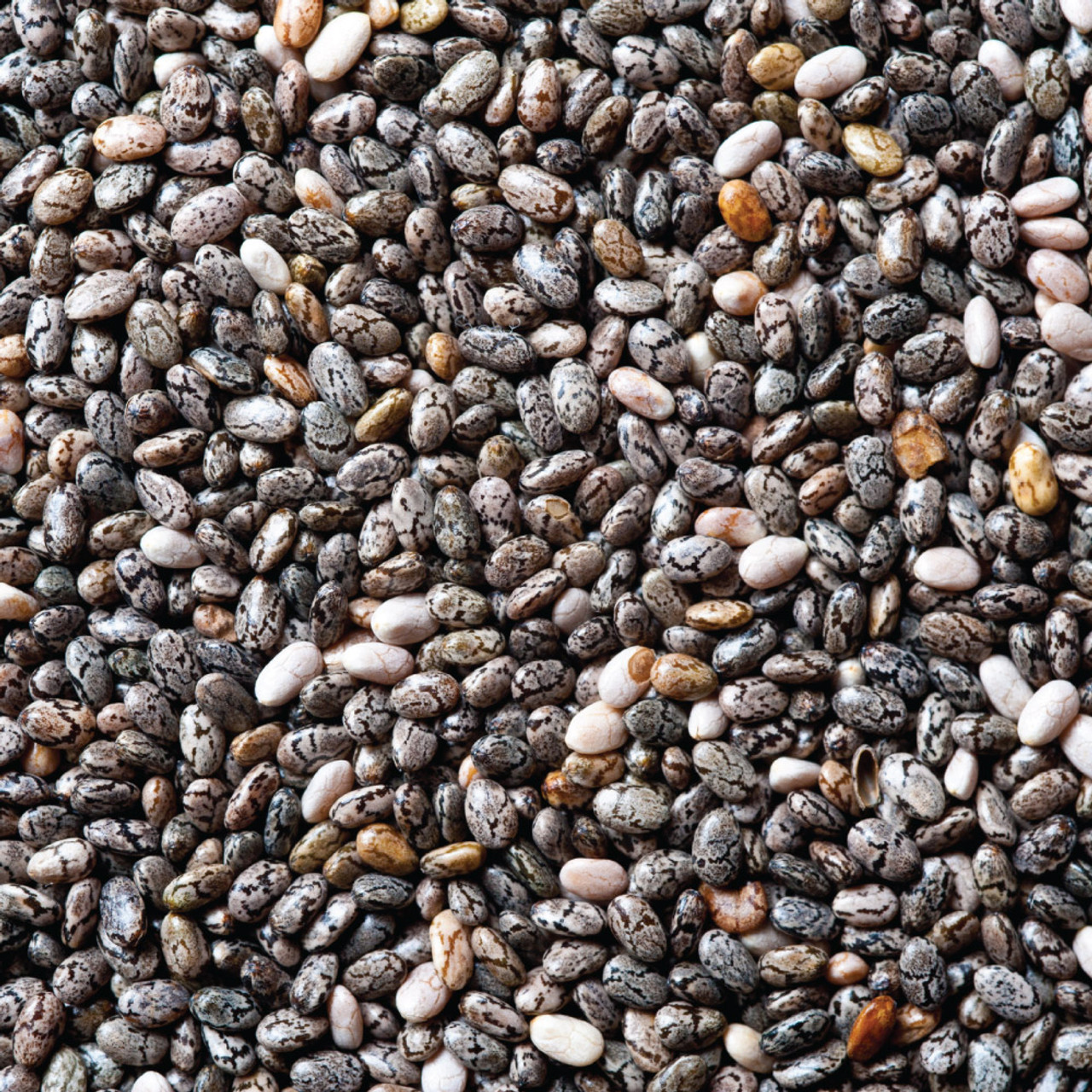

SummaryĮating either flax or chia seeds each day appears to help lower blood sugar levels.įlax seeds may be slightly more effective at reducing the risk of certain cancersīoth chia and flax seeds may help protect you against cancer in several ways.įor starters, they’re both rich in fiber, a nutrient generally linked to a lower risk of certain types of cancer ( 25). Human studies from 20 also found that eating bread made with chia seeds may lead to smaller spikes in blood sugar than eating more traditional breads ( 23, 24). Similarly, older animal studies show that chia seeds may help stabilize blood sugar levels and reduce insulin resistance, both of which may help reduce the risk of developing type 2 diabetes ( 20, 21, 22). These effects were seen after as little as 1–2 months ( 18, 19). In fact, several studies have linked regular consumption of flax and chia seeds to this protective effect.įor instance, studies in 2011 of people with type 2 diabetes found that taking 1–2 tablespoons of flax seed powder per day may reduce fasting blood sugar by 8–20%. This stabilizes blood sugar levels and offers some protection against type 2 diabetes. In other words, fiber helps prevent blood sugar spikes. This leads to a more gradual rise in blood sugar levels after a meal ( 17). They may also have similar cholesterol-lowering properties, although more studies on chia seeds are needed.īoth flax and chia seeds contain good amounts of fiber, which has been linked to a lower risk of developing type 2 diabetes ( 17).įiber helps guard against type 2 diabetes by slowing down the digestion of carbs and the absorption of sugar into the blood. Summaryīoth chia and flax seem to have benefits for reducing blood pressure.
Tchia tchia professional#
People who take blood thinners should consult a healthcare professional before adding large amounts of these seeds to their diets ( 2, 11, 15, 16). It’s worth noting that, because of their high omega-3 content, both flax and chia may reduce blood clotting and thin the blood. More studies may simply be needed to confirm this effect. That said, chia seeds contain just slightly less ALA than flax seeds, so it’s possible that they have similar heart-protective effects. Only a handful of studies have examined the effect of chia seeds on blood cholesterol levels, and most have failed to report any cholesterol-lowering benefits ( 13, 14). Other older studies have shown that flax seed-enriched diets reduced levels of LDL (bad) cholesterol by up to 18% and triglyceride levels by up to 11% ( 11, 12). Similarly, a study in 2013 found that eating about 1 ounce (about 30 grams) of flax seeds per day may help reduce blood pressure by 7–10 mm Hg in the general population and by as much as 15 mm Hg in those with high blood pressure ( 10). Several studies have also looked at the benefits of flax or chia seeds on blood pressure and cholesterol levels, two risk factors for heart disease.Įating about 1 ounce (35 grams) of chia seeds or chia flour per day may lower blood pressure by 3–6 mm Hg in people with diabetes and by up to 11 mm Hg in those with high blood pressure ( 9). Interestingly, several studies have linked ALA to a lower risk of heart disease ( 8). This means you can only get it through your diet. If you’re seeking higher amounts of fiber and bone-strengthening minerals, opt for chia seeds.īoth chia and flax seeds contain good amounts of alpha-linolenic acid (ALA), a type of plant-based omega-3 fat.ĪLA is considered essential because it’s a type of fat your body cannot produce. If you’re looking for more omega-3s, pick flax seeds. They also have 2.5 times more of the bone-strengthening mineral calcium, as well as slightly more iron and phosphorus. An ounce of flax contains 6,388 mg of omega-3s, while the same amount of chia seeds contains 4,915 mg ( 6, 7).įlax seeds also have significantly more copper and potassium.Ĭhia seeds have slightly fewer calories and more fiber.

Both seeds contain a good amount of protein and omega-3 fats.


 0 kommentar(er)
0 kommentar(er)
